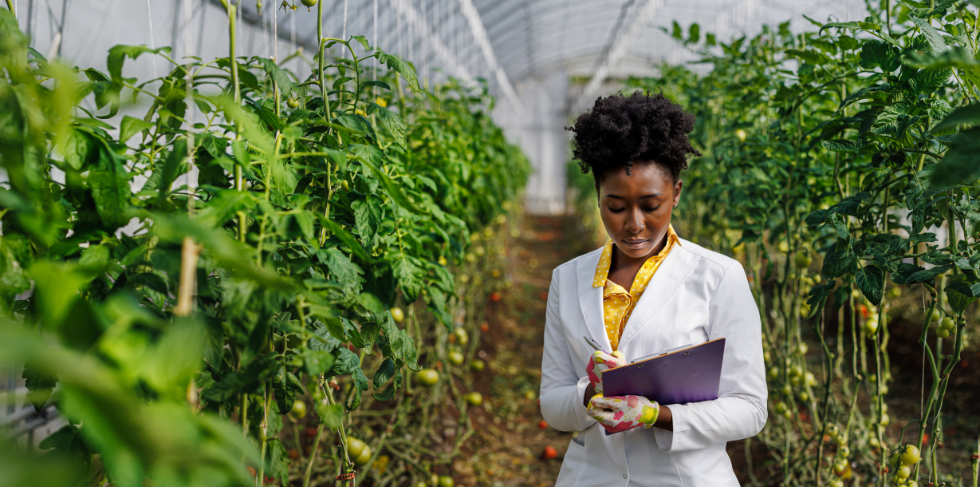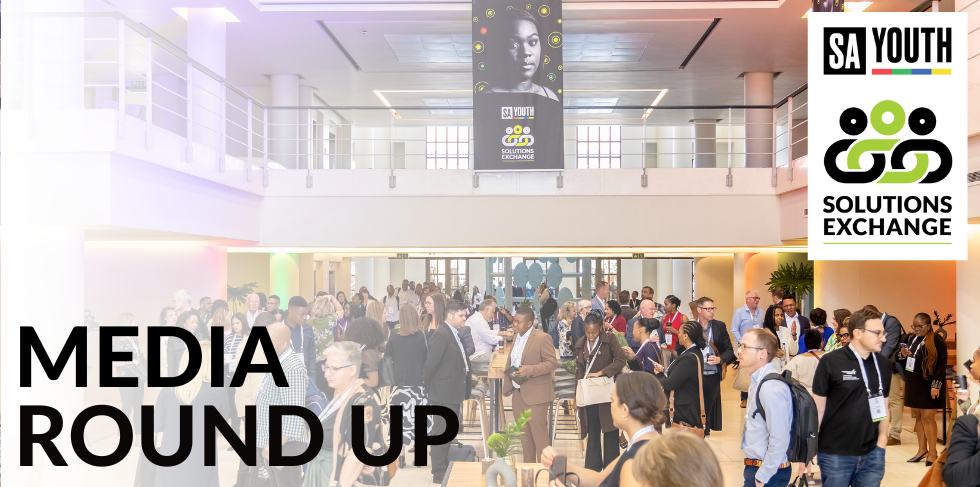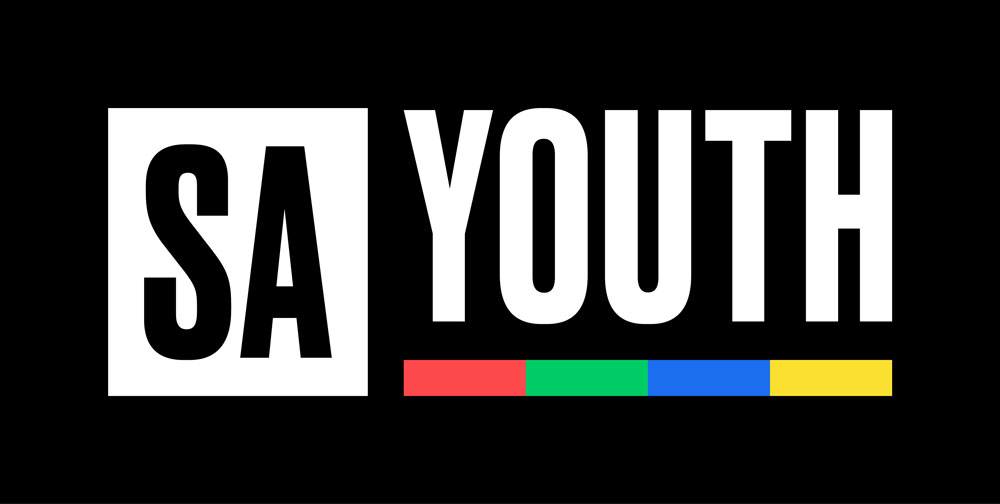At Harambee we are committed to keeping you safe, smart and kind. We’re producing a monthly digest of the most insightful articles on youth employment we’re reading, and have focused on the pieces we found to be most relevant and actionable. Time is scarce, so we’ve summarised the articles for you and shared our key takeaways.
THIS MONTH: THE FIGHT FOR ACCESS – DIGITAL AND DATA LIGHT WAYS TO CONNECT THOSE WHO ARE HARD TO REACH
1. COVID-19 Impacts Digital Divide in Africa
6 minute read
Key facts: There is no question that the pandemic has exacerbated the digital divide in Africa. Four factors compound the already uneven access to ICT in African societies – socio-economic factors, lack of infrastructure, lack of access to critical information, and internet shut-downs. Socio-economic factors, such as the lack of technology (smart phones/ laptops etc.) or lack of internet and/or high data costs exacerbate the digital divide. In Rwanda, 1GB of data costs approximately $1 USD, compared to nearly four times that in South Africa. South Africa’s two biggest telecoms providers have slashed prices and zero-rated several sites, although still more could be done. At 39%, Africa’s internet penetration is the lowest among all continents—suggesting that its weak ICT infrastructure needs focused investment from the private and public sector. A lack of access to trustworthy and reliable information during the pandemic can be life-threatening—something that can be addressed by providing access to WIFI hotspots, and partnering with organizations such as Africa Fact Check. Finally, internet shutdowns are the hallmark of authoritarian regimes, and in 2019 cost sub-Saharan Africa $2 billion in its GDP—something we can ill afford during these times.
The action steps: Organizations can advocate for lower data costs and publicizing data costs locally—adding the cost of 1GB of data into the consumer basket. Telecoms providers should partner with educational organizations to make sites data free or data light. We need more public-private partnerships to prioritize digital infrastructure such as Google Loon’s partnership with Telkom Kenya. Finally, we need a multi-stakeholder between African governments, ICT corporate sector, the AU and development partners, who need to work together to prioritize investment in infrastructure, connecting people to the internet at affordable prices, and ending internet shutdowns.
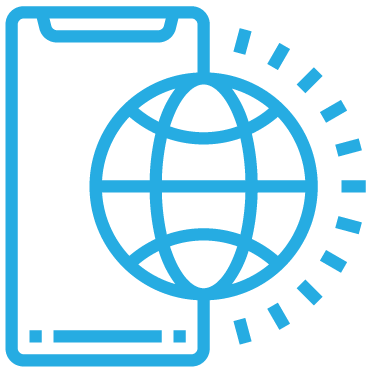
2. Connecting the Disconnected
5 minute read
Key facts: The consequences of the COVID-19 pandemic have been severe. Many young people confined to their homes; given school and work closures, governments the world over are often relying technology-based, remote learning. While the use of EdTech companies has soared, we need solutions that can reach the last mile. The article suggests that EdTech programs explore outdated technologies, focus on parents / the community, develop contextualized content, and ensure that there is some human element to the online programming. Outdated technologies such as radio, SMS, and the “missed call” are surprisingly powerful tools to reach thousands with light-touch programming, and has experienced a resurgence in many countries during this pandemic. For example, the Delhi government used its Interactive Voice Recording (IVR) —so that parents, siblings, or students can give a “missed call” to get an audio lesson every alternate day, reaching 800,000 children enrolled in classes 3-8 in government schools. Digital content creators and curators need to be mindful that content that is being disseminated for young children is first reaching parents—for example, in Himachal Pradesh in India, every day, video capsules are sent through a common medium such as WhatsApp, highlighting activities that parents can do with their children – such as counting chapatis, classifying vegetables, etc. Outside the classroom, content needs to be familiar and relatable to students in order to generate engagement—Pratham in India created a series of 70 videos that showcased children from villages having simple conversations with each other in English, scripted to include things such as self-introductions, likes and dislikes, interviews with family members. And finally, reach does not guarantee learning—and human-centered follow up is key; including follow up calls from teachers and facilitators.
The action steps: Explore outdated technologies, contextualize content to the young person, involve their communities in activities, and include human-centered follow up to guarantee learning and not just reach.

3. Phone Based Assessments: What Works?
10 minute read
Key facts: With COVID-19 forcing a new remote working reality upon many, phone based assessments may become the new norm to reach children and young people that are hard to reach. Research conducted by the Centre for Global Development and JPAL on phone-based assessments in Botswana makes a valuable contribution to the literature. A review of the oral testing of reading and mathematics by phone in Botswana by the organization Young 1love suggests several key principles in developing phone based assessments. Firstly, children /young people must be kept safe—suggesting we need to embed consent procedures and training facilitators to ensure safety. They encourage us to test the reliability and validity of measures by comparing test results to other assessments where possible. We need to keep in mind that whatever is evaluated by phone combines receptive language skills with the skill we are attempting to test, so keeping instructions simple is key. They suggest that some assessments are more conducive to phone-based assessments than others, specifically assessments with minimal visual stimuli and elements of oral tests. Keeping it short is critical, and 10-15m is an ideal duration for a phone-based assessment. The paper suggests that speed of responses may help with verifying that the assessment is done by the respondent, and that faster responses are more likely to indicate solo work. Finally, response rates increase when young people are first texted and then called. Phone based assessments could become a valuable new tool with which to reach many young people cheaply in the new normal.
The action steps: Test reliability of phone measures before deploying, keep it short (preferably 10-15m.), test speed of responses to validate solo work, increase response rates by first sending a text before these phone calls.

DO MORE
Actions you can take to work towards digitally inclusive environments
- Join the campaign #DATAMUSTFALL and sign the petition to make data, airtime and SMS bundles more affordable for South Africans. Click here
- Encourage your organisation to go “data free” for as many of its mobile and online offerings as possible. See and share this list of zero-rated websites. Click here
- Explore the use of alternative or outdated technologies to leverage inclusion of your content. This radio drama called Bona Corona! is used to educated and inform listeners on how to stay safe from COVID-19. It has been translated in 3 African languages and airs on community radio stations. Click here

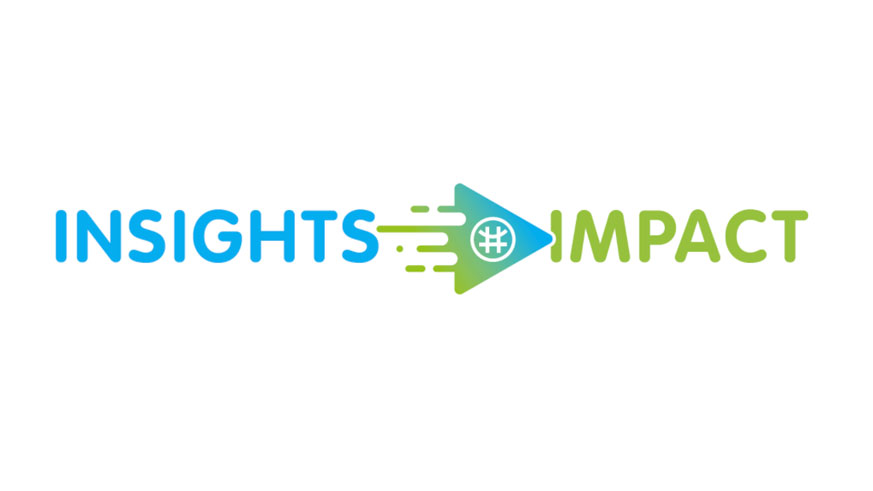
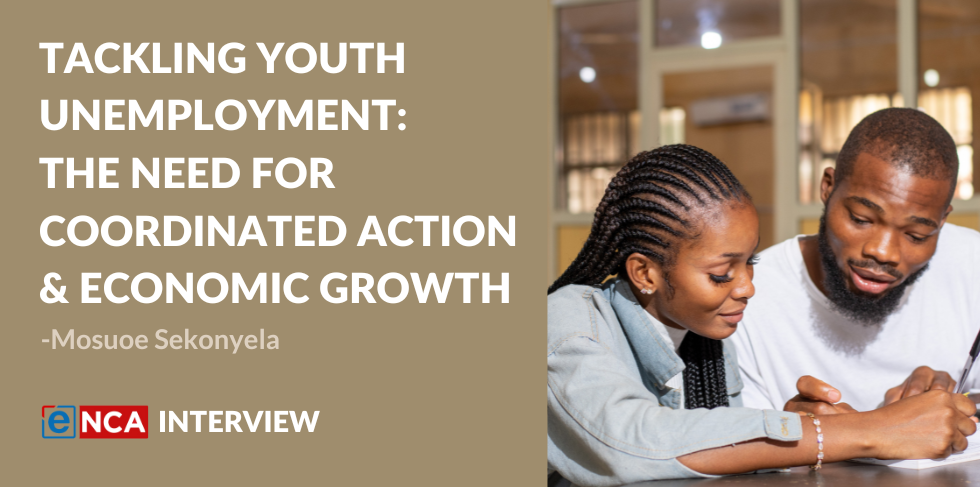
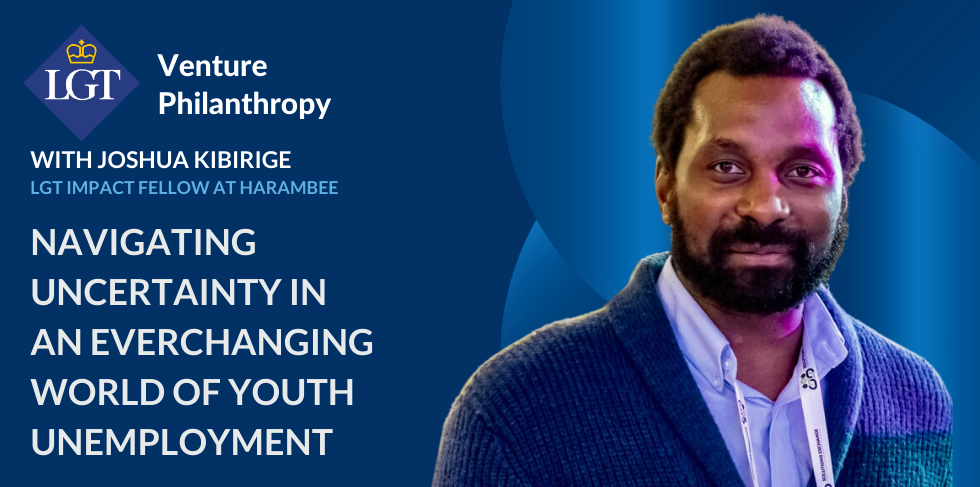

 Stay Connected
Stay Connected